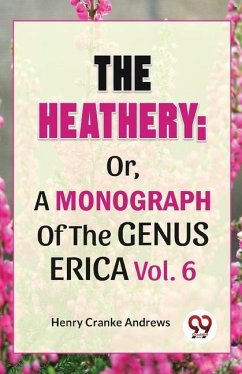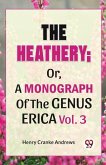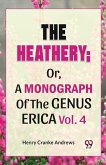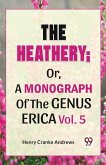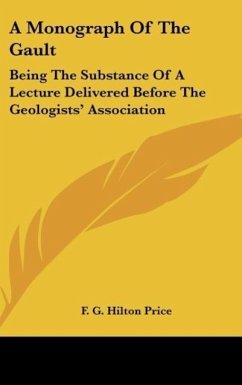The sixth volume of The heathery; or, A monograph of the genus Erica Vol 6 is a thorough reference work on the Erica genus of plants. The taxonomy, morphology, and natural history of heather plants are all themes that are covered in depth in this book. Andrews provides information on the geographic distribution, growth patterns, and physical properties of several species of heather. Additionally, the book provides thorough images of the many kinds of heather, making it simpler for readers to recognize them. In his day and even now, botanists and horticulturists have high esteem for Andrews' work. His contributions to the study of heather plants aided in their popularization, allowing gardeners and other plant lovers to cultivate and value them more broadly.
Hinweis: Dieser Artikel kann nur an eine deutsche Lieferadresse ausgeliefert werden.
Hinweis: Dieser Artikel kann nur an eine deutsche Lieferadresse ausgeliefert werden.

